Addressing the literacy learning needs of persons with disabilities of all ages.
The Center’s mission is to promote literacy and communication for individuals of all ages with disabilities. It is the belief of the CLDS that disabilities are only one of many factors that influence an individuals ability to learn to read and write and to use print throughout their life and across their living environments. All individuals, regardless of their abilities or disabilities, have the right to an opportunity to learn to read and write in order to increase and enhance their educational opportunities, vocational success, communicative competence, self-empowerment capabilities, and independence.
Writing With Alternative Pencils
Writing is undeniably an essential component of literacy instruction for students without disabilities. Without question it is a part of their daily instruction. In order for students with significant disabilities to develop as readers and writers, daily writing is equally, if not, more important. However, this becomes a challenge when most students with significant disabilities are unable to hold a traditional pencil. To address this challenge, the CLDS has developed a variety of free “alternative pencils” for students with the most significant disabilities, including deaf-blindness.
Learn More About Alternative Pencils
Current Projects
Project Core
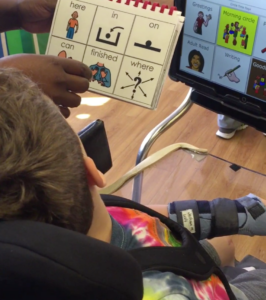
Teachers are at the center of Project Core implementation teams and lead the delivery of instruction using the Universal Core vocabulary and implementation model. Project Core is aimed at students with significant disabilities who do not yet use speech, signs or symbols to communicate in flexible ways.
DLM Professional Development
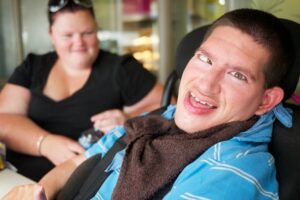
Dynamic Learning Maps (DLM) provides an instructionally relevant assessment and report assessment results to help guide instruction. The CLDS is a key partner, taking the lead in creating and testing a multi-modal, universally designed professional development program to accompany the DLM assessment.
Tar Heel Reader

Tar Heel Reader is a large library of open-source, accessible, texts for individuals with disabilities of all ages. Tar Heel Reader addresses the extreme shortage of easy-to-read books on topics that appeal to older students. Books are contributed to the site by teachers, students, parents, and others from around the world.
Tar Heel Shared Reader
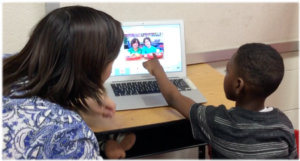
Building Bridges
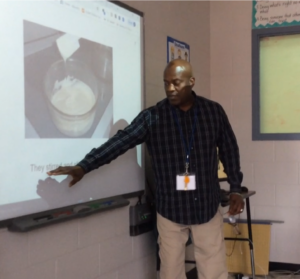
Building Bridges will provide resources for teaching reading, writing, language and communication as integrated parts of comprehensive literacy instruction. The model will align with 3rd-5th grade ELA standards and address the needs of students with significant cognitive disabilities and complex communication needs.
Project Open
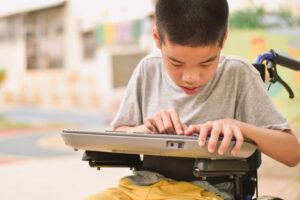
Project Open is aimed at improving in-person expressive communication for individuals with complex communication needs (CCN) who use augmentative and alternative communication (AAC). Target groups include individuals with amyotrophic lateral sclerosis, cerebral palsy, and intellectual and developmental disabilities.